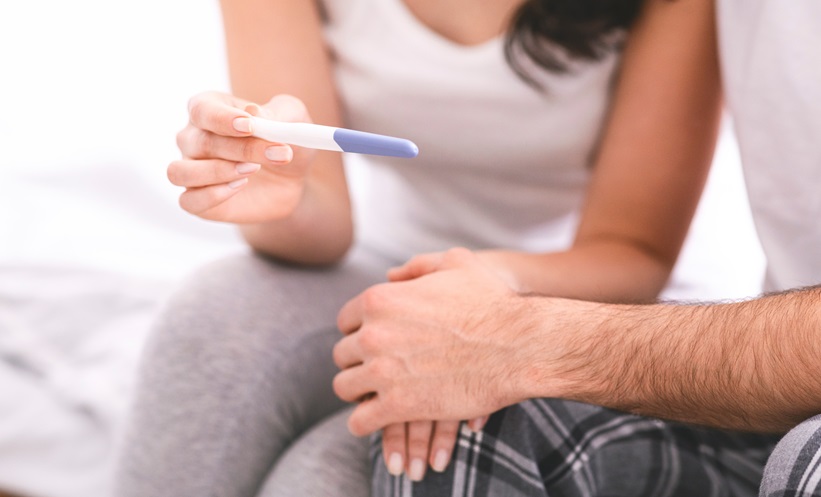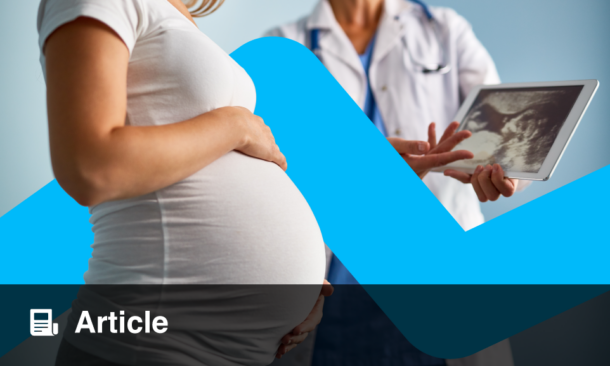BACKGROUND AND AIMS
Some studies indicate that in conditions of increased stress, oocyte development may be negatively affected.1 Hence, endometrial blood flow and pregnancy outcomes are possibly adversely affected. In the light of this knowledge, the literature recommends that cortisol levels, an indicator of stress, should be checked before introducing assisted reproductive treatments and, if possible, treatment should be initiated once it reaches normal levels.2 Decreasing the elevated cortisol levels may help females relax and improve their preparedness for treatment. Preparedness, as a concept, has been studied in terms of a patient’s ability to perform self-care to change their lifestyle. It comprises of components such as the awareness phase, appraisal phase, and planning phase. Many healthcare providers explain that the failure of a patient’s willingness to change or comply to a medical regimen as a lack of preparedness. Higher preparedness is associated with better treatment results.3 One of these practices applied to females to reduce stress and increase fertility preparedness is hypnofertility. It is based on a strong and effective body-mind interaction and balancing the brain and body through positive words and thoughts.
MATERIALS AND METHODS
Hypnofertility claims that the mind strongly affects the body. and that fertility is a natural function. Functionally, it includes the conscious, subconscious, and critical hypnosis. The first one, consciousness, is favourably impacted by positive words (affirmations). Therefore, it aims to support the use of positive language in patients with fertility issues. For example, instead of saying that ‘the eggs are not developed enough’, it should be stated that ‘eggs continue to develop’. Another critical component of this method is the subconscious, which can be positively influenced by imagination, visualisation, and relaxation techniques. These techniques are aimed at the imagination and the creation of positive visuals about fertility, besides relaxing the body. Conclusively, it is argued that the critical factors that make the individual limit themselves to the negative messages and receive only positive messages.
RESULTS
The Fertility Preparedness Scale, which contains affirmations used in hypnofertility, has been developed to evaluate fertility preparedness. It includes three sub-dimensions: hope and awareness, positive feelings and thoughts, and prepared body and brain. It is considered that when females read positive items, they can look in positive way forward fertility treatment.4
CONCLUSION
Hypnofertility is non-invasive, inexpensive, and easily applicable to use in a clinical routine. The use of this programme in care will provide a systematic, holistic, and knowledge-based approach to females. It is thought that the programme will be effective in reducing the stress of females, increasing the pregnancy outcomes, and changing the trust and perspective towards the nurse. For evaluating fertility preparedness, the Fertility Preparedness Scale can be used before or during fertility treatment. The scale is clinically feasible, short, and cost-free, which are crucial in the daily practice, both for professionals and patients.








